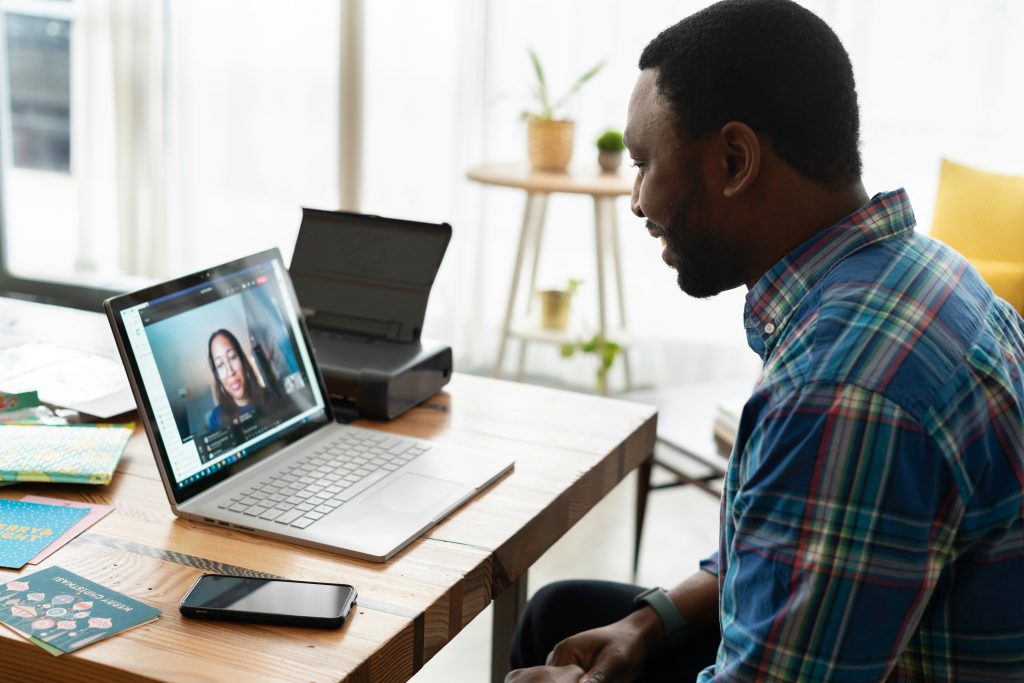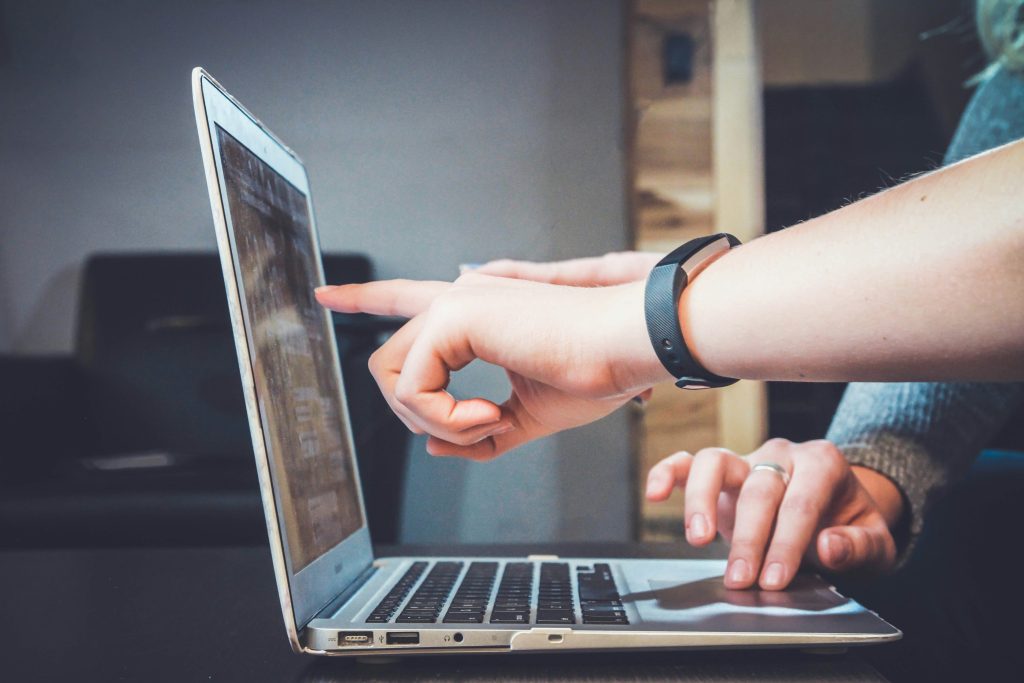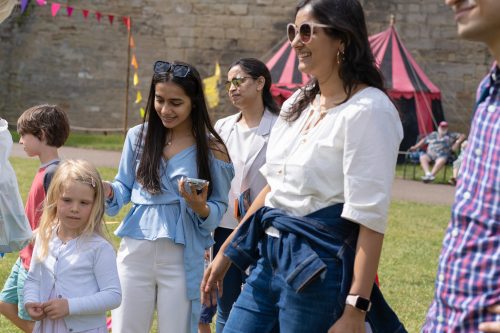At FabricShift, social value isn’t an add-on – it’s woven into the fabric of who we are. From the way we design leadership programmes to the way we run our own organisation, we believe every choice should help create a fairer, greener and more inclusive future. These aren’t one-off commitments – they are habits embedded into how we work every day.
A global and national lens
We align our work with recognised standards, so our promises translate into real outcomes. The United Nations Sustainable Development Goals (SDGs) give us a shared global language for progress – especially Quality Education (SDG 4), Decent Work & Economic Growth (SDG 8), Reduced Inequalities (SDG 10), Responsible Consumption & Production (SDG 12) and Climate Action (SDG 13). In the UK, we also use the National TOMs Framework – Themes, Outcomes and Measures – to track social value consistently across areas like Jobs, Growth, Social, Environment and Innovation.
These frameworks aren’t boxes to tick; they are the systems that help us measure what matters and shift our habits where needed.

Not through offsetting alone, but by building sustainable habits into our everyday operations. We operate an ISO 14001 environmental management system (part of our integrated business systems), complete with our environmental policy, aspects-and-impacts register and CROO (contexts, risks, opportunities and objectives). Our approach is simple: reduce first, then offset.

Around 95% of client interactions are delivered virtually. We design for paper-light delivery, and when travel is essential, we prioritise public transport, car-sharing in hybrid or electric vehicles, cycling, and walking. We use renewable energy in our workspaces, are investing in solar, and work with suppliers to improve logistics and minimise environmental impact - choosing local labour and materials where possible.

We are hosting sessions on the links between inclusion and sustainability, sharing sector developments with our team, and drawing on our CEO's involvement in renewable technology boards to keep improving

Each year, we calculate and report our carbon footprint - creating transparency and accountability that drives continuous improvement. To more than balance our emissions, we planted 650 trees in our office space this year while continuing to reduce the need for offsetting over time. Our targets remain science-based and aligned to the IPCC 1.5°C pathway.
Talent is everywhere; opportunity isn’t. That belief drives our long-standing research into social mobility and practical ways to remove the ‘sticky floors’ and ‘sticky ceilings’ that hold people back.
We analysed ONS data and surveyed 1,000 respondents to build an objective, quantitative, internationally relevant measure of socio-economic status and mobility – our Social Mobility Index. It examines education, occupation, and financial circumstances, helping employers identify where barriers persist and how to redesign systems – from job adverts and hiring criteria to fair progression and pay transparency.
What makes our approach different is the way we combine the expertise of psychologists, academics and EDI specialists with mathematicians, data scientists and our majority-female coding team. We use the findings to evaluate current strategies, identify gaps and recommend practical, global actions that shift opportunity for everyone – one system, one habit at a time.
The Social Mobility Index helps organisations move from insight to action.
Using clear, data-driven evidence to pinpoint where inequality exists and guide leaders in shaping cultures and behaviours that unlock potential across every level
Inclusion only matters if it’s felt by everyone. Our Accessibility Strategy translates that belief into everyday practice across platforms, content and events. We follow W3C Web Accessibility Guidelines and honour the spirit of the UN Convention on the Rights of Persons with Disabilities, so participation isn’t dependent on any single way of seeing, hearing, learning or engaging.
These aren’t add-on accommodations – they are design habits that make everything better for everyone. In live virtual learning (delivered on Zoom), we keep things personal and flexible: participants receive clear joining instructions in advance and can share access needs confidentially; we use a dual-facilitator model so questions are supported in the moment; cameras and lighting support lip-reading with strong visual contrast; live captions are enabled; slides are screen-reader friendly; and we include a visual countdown to help with pacing and expectations.
Our content is designed for different neuro-types: dyslexia-friendly fonts, appropriate font sizes and spacing, carefully chosen colour palettes (avoiding red/green combinations), and voice-over and subtitles on videos. We offer trigger warnings where needed, repeat core messages for reinforcement, and structure learning into clear, signposted tasks. We use images, flow charts, pictograms to support text, prefer click-based interactions (polls, multiple choice, Likert scales) over heavy typing, summarise at the end of each phase, and share transcripts, slides and notes afterwards.
The result? Everyone can take part and perform at their best.

FabricShift is powered by people who care. Colleagues volunteer their time and skills with schools, charities and social enterprises - coaching and mentoring young people from under-represented backgrounds, supporting local causes, and offering leadership expertise pro bono where it makes a difference. We are formalising this commitment with a company-wide volunteering approach, so every employee has dedicated time to contribute to the causes that matter to them. Because when giving back becomes a habit, not an afterthought, the impact grows.
We measure social value using the National TOMs so our contributions can be compared and tracked – mapping outcomes across Jobs, Growth, Social, Environment and Innovation – and we relate those outcomes back to the SDGs so we can see our global impact as well as our local one.
Our tools such as HabiTrack™ and InclusiMetrics™ help leaders turn good intentions into daily habits and give a clear, data-led view of progress. Externally, we publish our carbon data annually and describe how we reduce and offset. Our wider management system is underpinned by ISO 9001 (Quality), ISO 14001 (Environment) and ISO 27001 (Information Security), so the way we work matches the standard we expect in our results.
We approach every partnership with responsibility, collaboration and positive influence. That means listening deeply, creating psychological safety, using appreciative inquiry to build on strengths, and working teams-first so change is owned from within. It also means being honest: about what’s working, what’s hard and what we’ll do next.
We’ll continue to act on climate, open doors through social mobility, design for accessibility and inclusion, and give back to the communities we are part of. These aren’t projects with end dates: they are the habits that shape our culture and drive our performance.